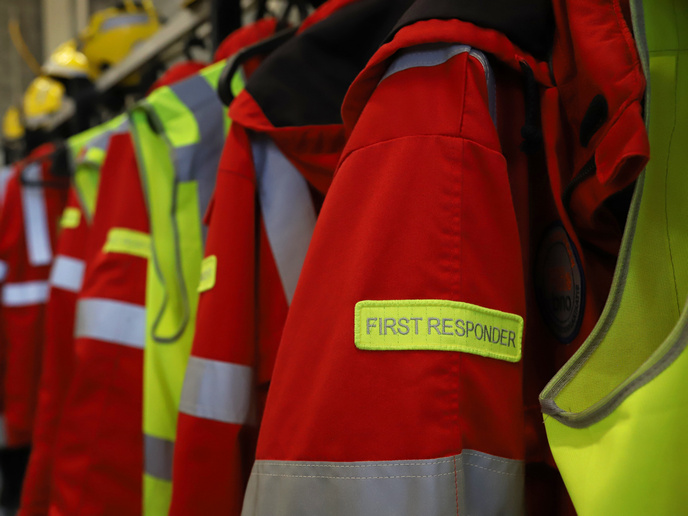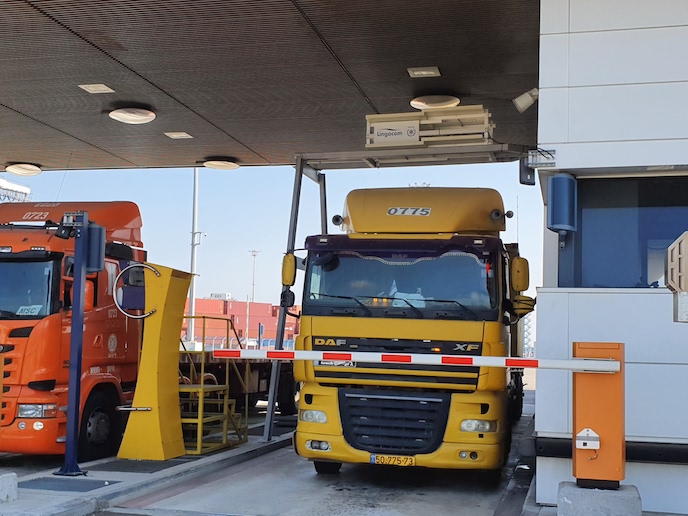Video analytics for faster criminal investigation
Smile, you’re being recorded. From surveillance cameras to smartphones, dash cams, drones and body-worn devices, the odds of public urban life being caught on tape these days are quite high. At first, these new sources of recordings came in particularly handy for law enforcement agencies (LEAs) dealing with criminal or terrorist attacks. But now, they are simply overwhelmed. From minutes in the early days, the amount of video recordings to process for a specific event now reaches thousands of hours to be reviewed manually. “After the Toulouse and Montauban shootings in France in 2012 – known as the Merah case – 35 terabytes of video footage were collected from various sources. This represented 10 000 hours of recordings to be analysed,” explains Stéphane Caillebotte, Programme Manager at IDEMIA. “It has clearly become impossible for LEAs to process all available video material.” With the VICTORIA (Video analysis for Investigation of Criminal and TerrORIst Activities) project, IDEMIA and its 13 partners aim to enable a switch from manual work to automation. By April 2020, the consortium expects to deliver an ethical and legally-compliant video analysis platform (VAP) prototype that will considerably speed up video analysis. The VICTORIA VAP is advanced, open-source video analytic software that can be used in post-event processing and investigation. The VAP processes and analyses large quantities of raw video data, and it automatically provides insights by identifying points of interest throughout video recordings. Evidence – which can include faces, persons, vehicles, generic objects or audio events – is then classified and labelled with the corresponding timestamps, to facilitate the work of investigators. “Previous projects had already worked on video analytics for other applications. Yet, none of these tools had a sufficient technology readiness level (TRL) to be used on footage obtained in conditions and from sources as diverse as those received by LEAs. We needed a tool that could adapt to varying camera specifications, image quality, viewing angles, movement, etc.,” says Caillebotte. This is just one of many long-standing obstacles to higher TRL for these tools. Another one relates to error rates, which are still way too high to inspire trust among LEA investigators. This can hardly be helped, too, as developers cannot easily access representative footage for legal reasons. “To overcome these problems, we have selected six operational scenarios covering the majority of cases encountered by LEAs,” Caillebotte explains. “These scenarios and their variations were then staged and filmed with actors. We also made sure to use alternative light and weather settings, camera resolutions and video qualities that could be encountered in real conditions. These video datasets were crucial for the development of improved, robust algorithms and the testing of our VAP.” VICTORIA has hosted two workshops to test their solutions with LEAs. The first one generated feedback that led to the development of a V2.0 whilst the second one aimed at training investigators before the solution was installed at their premises. This installation started in September 2019 and should be completed in January 2020. The consortium intends to deliver a tested prototype by the end of April 2020. An online community of video analysis for investigation (VAFI) experts has already been launched to discuss best practices and share experiences. It will feature a marketplace where third-party developers can make their own plugins available.
Keywords
VICTORIA, video analysis, surveillance, footage, terrorism, investigation, automation







